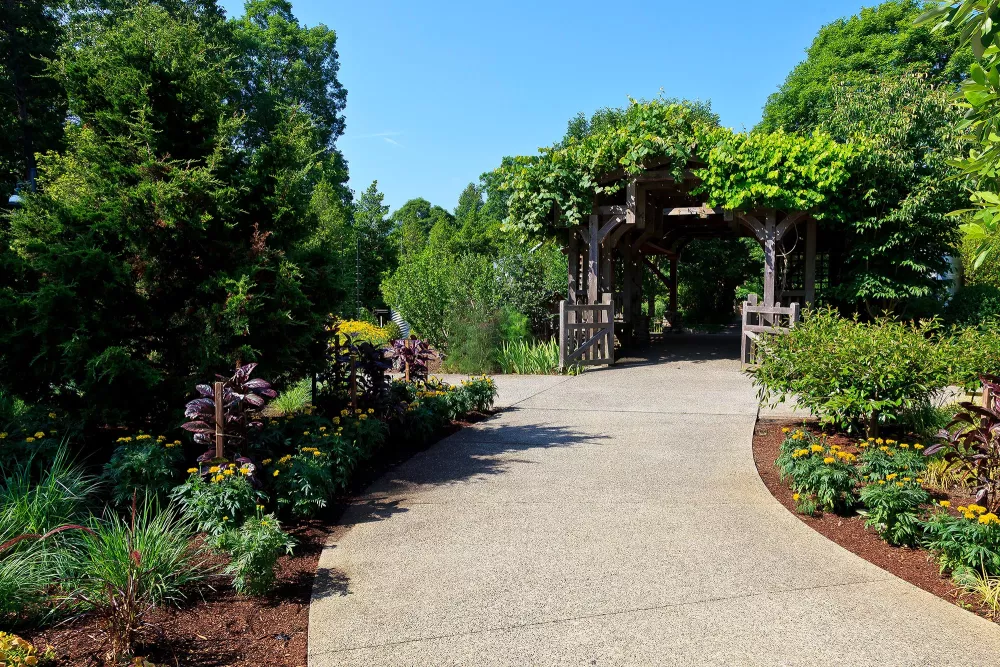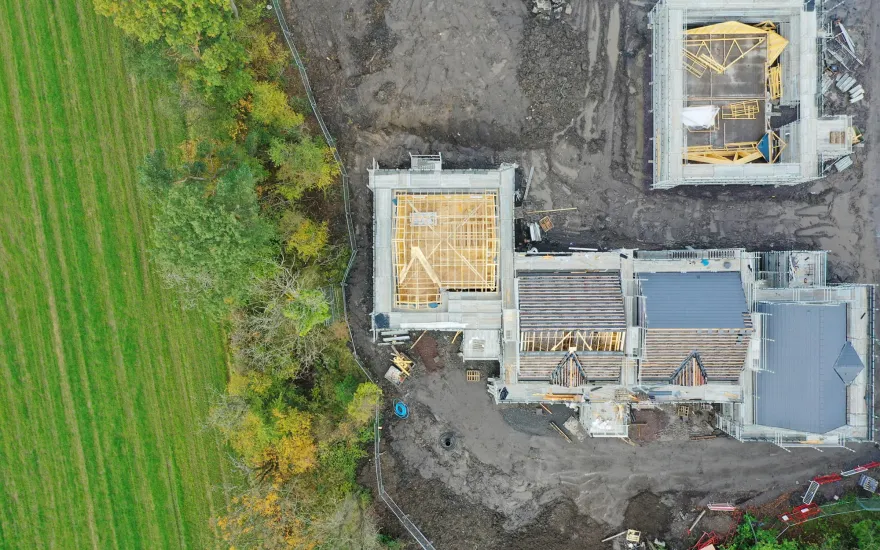Now live: The 2025 Canopy Report. Learn how Americans see trees. GET THE REPORT
Bulletin
Creating an Arboretum
We collect stamps, coins, memorabilia, and all manner of other things. Why not collect and display trees? An arboretum is a collection with purpose, and these living tree museums can be found from coast to coast and in climatic zones from Florida to Alaska. They range widely in size and ownership. If your community does not have an arboretum, now is the time to consider adding this valuable resource.

Author Simon Toomer wrote, “Mankind is an acquisitive species with a strong instinct to gather together things that have a practical use or aesthetic beauty, or simply invoke curiosity.”
An arboretum is all these things. Its practical use is for scientists to conserve species and learn more about tree growth and to experiment with characteristics such as ability to withstand cold or hot climatic extremes. Moreover, it is a place visitors can come to view species in their mature form when considering what to plant around their homes. It is a place to study and learn. Arboreta are also places of natural beauty, often surrounded by the concrete and asphalt of our built environment. They provide a respite from our hectic, artificial world and can even aid healing and spiritual development. They invoke curiosity just by their very nature of being different. In fact, designers often incorporate winding paths, water features, gazebos, and other features that lend an air of mystery.
Harvard University’s Arnold Arboretum is the first public arboretum in the United States. It was started in 1872 and is maintained in cooperation with the City of Boston. Today, this marvelous, 265-acre site with some 4,000 species and varieties of woody plants is enjoyed by more than 250,000 visitors each year. Even earlier, in 1728, John Bartram bought a 102-acre farm near Philadelphia and almost immediately began collecting trees, shrubs, and flowering plants to exhibit and sell. Today his gardens and trees form an oasis of beauty and education surrounded by urban development. They are managed privately by the John Bartram Association in cooperation with the City of Philadelphia and are open to the public.
Arboreta are popular community resources that contribute not only to science, education, and recreation but also to tourism and the economy. There is no limit on how small or how large an arboretum might be. If this is something lacking in your area, it is a project worthy of any tree board or other organization.
In This Bulletin
Here’s what’s inside:
- Arboreta Come in All Shapes and Sizes – purpose and quality matter more than acres
- Planning Your Arboretum – considering all aspects, beyond which trees to plant
- Maintenance Needs – accounting for this ongoing need during the planning stages
- Special Features – finding focal points within the space
- Help Through Accreditation – explore options for arboretum accreditation to improve the potential for funding
